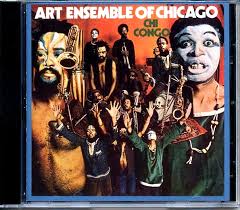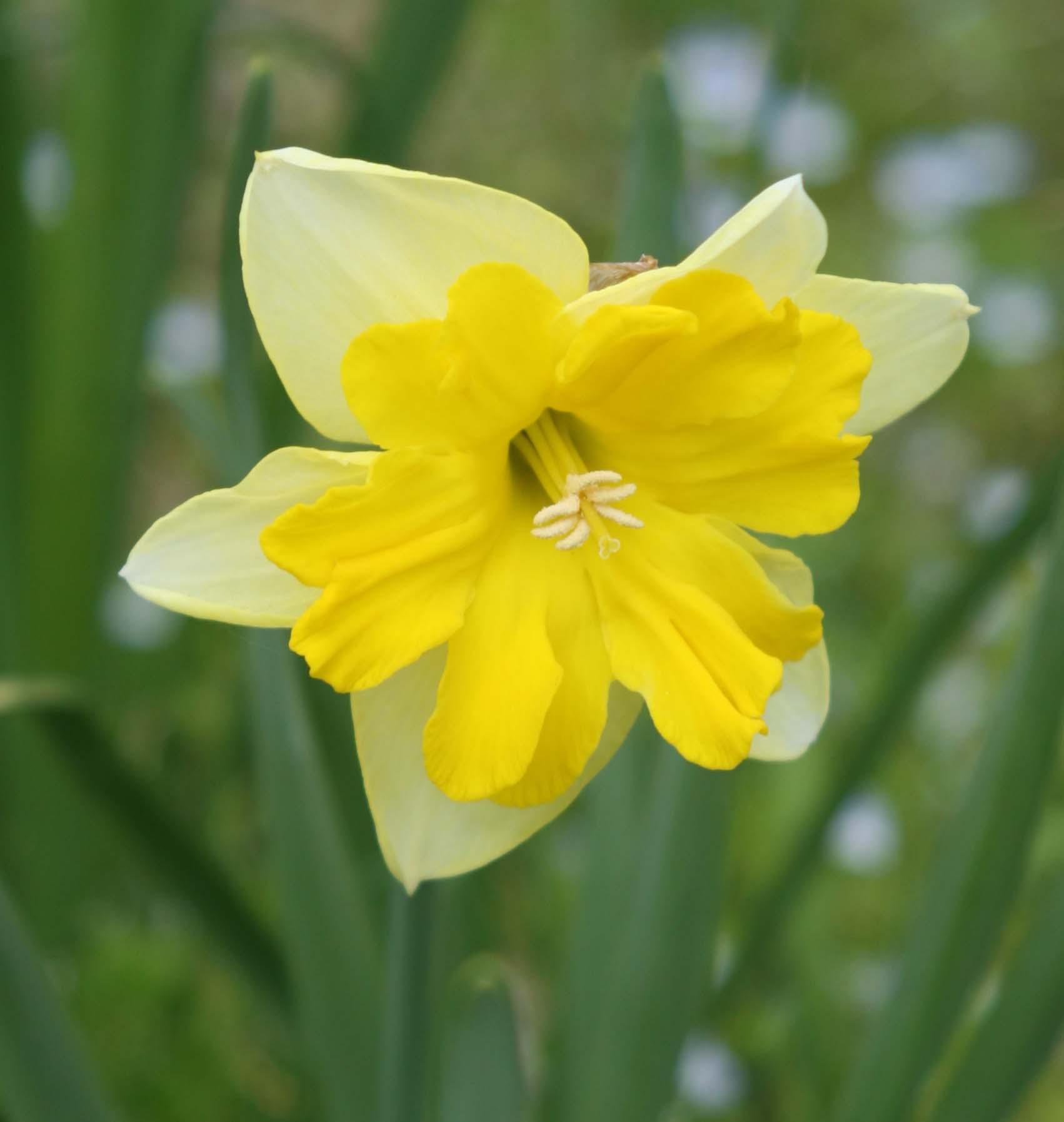I moved to Philadelphia’s suburbs in 1982 because I needed a place to live, and my folks had a spare room. I was job-hunting and did not know anyone locally, so I sought out poetry events in the city–and there were more than I expected to find. Chris Peditto was one of the first people I met, and he was unfailingly generous about introducing me to reading venues and even driving me around sometimes when, as often happened in Philadelphia, public transportation did not exist between where I was and where things were happening.
Chris was natured like that, helpful in a mentoring way. He’d open up a few doors, drop the name of a literary journal I might want to look into or a poet I might want to read, and then leave the rest up to me. Sometimes, I needed a little more motivation–especially in those days, when I was pretty dragged down by depression. Chris nudged me into involvement with the Open Mouth Poetry Series of readings, which had aspects of critique, editorial decisions, publicity (for poetry events) and which eventually branched out to a xerox-zine and a paperback anthology. He liked my work and was happy to get me to rub elbows with the artistic, musical, literary folks in Center City and beyond. His encouragement meant more than I think I realized at the time.
It was Chris who introduced me to Rosemary Cappello and to too many poets, artists, and musicians to name in a blog post. Suffice it to say I remain grateful. He may not have thought of himself as a poetry mentor; but much of the confidence I now have in my ability to analyze my own work and the work of others, and much of my confidence in public performance, stems from those days in my early 20s–and he played a significant role.
But then, Chris understood poetry mentorship. He actively looked for it! I enjoyed his tales about leaving South Jersey for New York City as often as possible, even when he was only 16 or 17, and hanging about the haunts of Beat Poets until he finally managed to meet the last of the stragglers who hadn’t died or moved to California and beyond. He had some great Gregory Corso stories, Etheridge Knight stories, among others–and some rather alarming ones as well; I just loved that as a boy he had so much persistence. He emulated the Beat genre in poetry even when he didn’t completely embrace the Beat lifestyle (there may have been a bit of emulation there, as well…but Chris didn’t end up on Skid Row). I know he omitted a few incidents to keep conversations more tightly focused on writing and less on the lives of writers. To him, it is the writing that matters.
Though his prose ultimately received more notice and publication–reviews, literary analysis, short fiction, academic work on Italian-American authors, even a piece or two on pedagogy–Chris wrote poems and, more than that, loved to read poetry of practically all kinds. He was also an excellent educator and earned achievements for his work once he moved to North LA in the early 1990s. I am certain he became a mentor to many other people–not just writers. I was honored to be his friend and snail-mail correspondent for many years and felt the loss of his kind and encouraging presence keenly when he died in 2013.
~
Three mentors–none of them “famous,” all of them crucial to my development as a poet: they took my work, and my person, seriously. They listened critically and spoke to me encouragingly and listened. I think that’s what makes a person mentor material.
In later years, there have certainly been others who have been guides, coaches, teachers, mentors, friends-in-poetry…some of them better-known than Ariel, David, or Chris. But these three, all of whom are no longer walking about on the earthly plane, gave me so much more than I ever thanked them for. Which is why I’m doing so now.









 One of the problems is determining causation: which was first, the disease or a perceived (and possibly inaccurate) difference in brain structure or function? Is it chemical or hereditary, or is it traumatically-induced? Or are we not really seeing a difference in brain structure? Why do medications work for some people but not others? And why and how do medications work, exactly? Twelve years after Carey’s NYT article, psycho-neuro-biologist folks still do not know any definitive facts, though there is slow movement toward progress. [For a quite up-to-date and thorough but readable article about the complexities involved in depression, I recommend
One of the problems is determining causation: which was first, the disease or a perceived (and possibly inaccurate) difference in brain structure or function? Is it chemical or hereditary, or is it traumatically-induced? Or are we not really seeing a difference in brain structure? Why do medications work for some people but not others? And why and how do medications work, exactly? Twelve years after Carey’s NYT article, psycho-neuro-biologist folks still do not know any definitive facts, though there is slow movement toward progress. [For a quite up-to-date and thorough but readable article about the complexities involved in depression, I recommend 

